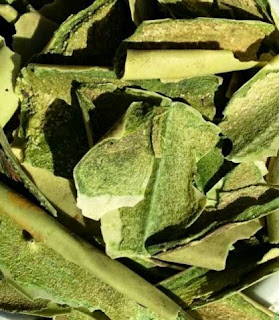The Cacti Community is growing. Get good information from a trusted source.
Scientific Name: Echinopsis peruviana (Britton & Rose) Friedrich & G.D.Rowley
Synonym: Cereus rosei, Trichocereus torataensis, Trichocereus tacnaensis, Trichocereus peruvianus, Trichocereus pachanoi
The Peruvian Torch Cactus is an Andean mountain desert plant known for its alkaloids. As potent as peyote, this cactus derives its high-inspiring qualities from mescaline. Mescaline is a popular and illegal drug, reported to have been used by such creative figures as Pablo Picasso and Aldous Huxley. Mescaline distorts the user's vision, particularly amplifying intense patterns to produce a kaleidoscope effect.
Growth
The plant is bluish-green in colour, with frosted stems, and 6-9 broadly rounded ribs; it has large, white flowers. It can grow up to 3-6 meters tall, with stems up to 8-18 cm in diameter; it is fully erect to begin with, but later possibly arching over, or even becoming prostrate. Groups of 6-8 honey-coloured to brown rigid spines, up to 4 cm in length, with most about 1 cm, are located at the nodes, which are evenly spaced along the ribs, up to approximately 2.5 cm apart
Cuttings
Like many other plants,
Echinopsis peruviana can be propagated from cuttings. The result is a
genetic clone of the parent plant.
[2] For example, the top 15 cm end of a cactus column can be cleanly removed with a knife. The cutting can be left to heal for about two weeks in the scattered or indirect light, by laying it upon its side. Be aware that it should be kept away from excessive moisture that will encourage growth of an opportunistic infection and receive good airflow at this time. The plant will heal by forming a calloused seal to withstand bacterial and fungal attack such as
mold. The unrooted cutting can be either kept upright in a propped up position for an extended period of time (2+ years) without harm . Often roots will emerge from the lowest point of the plant between 3–6 months time.
Rooting hormone is not required and its use may damage the soft tissues of the plant, giving rise to bacterial or fungal rot that may kill the clone.
Cuttings may be planted after the formation of a callus and before the emergence of roots in either a small pot or directly in the ground. Cuttings should be set far enough below the surface of the soil to ensure stability until the root network is formed as well as access to moisture.





.jpg)

